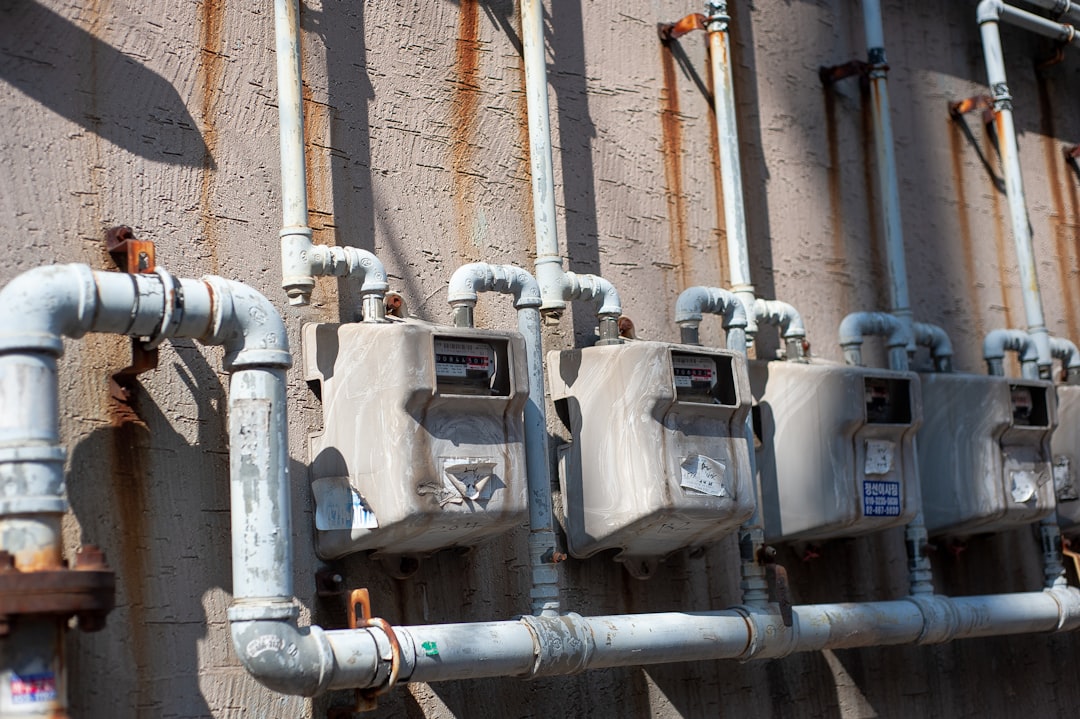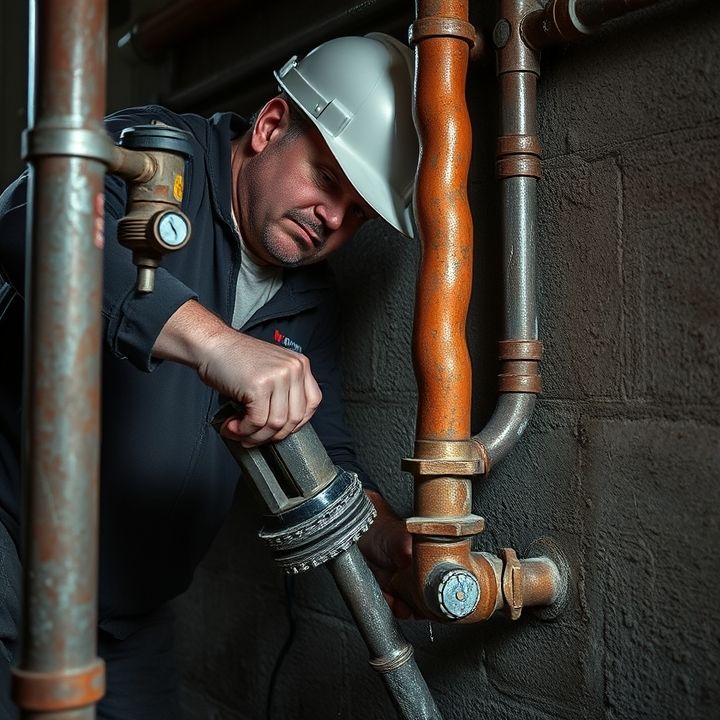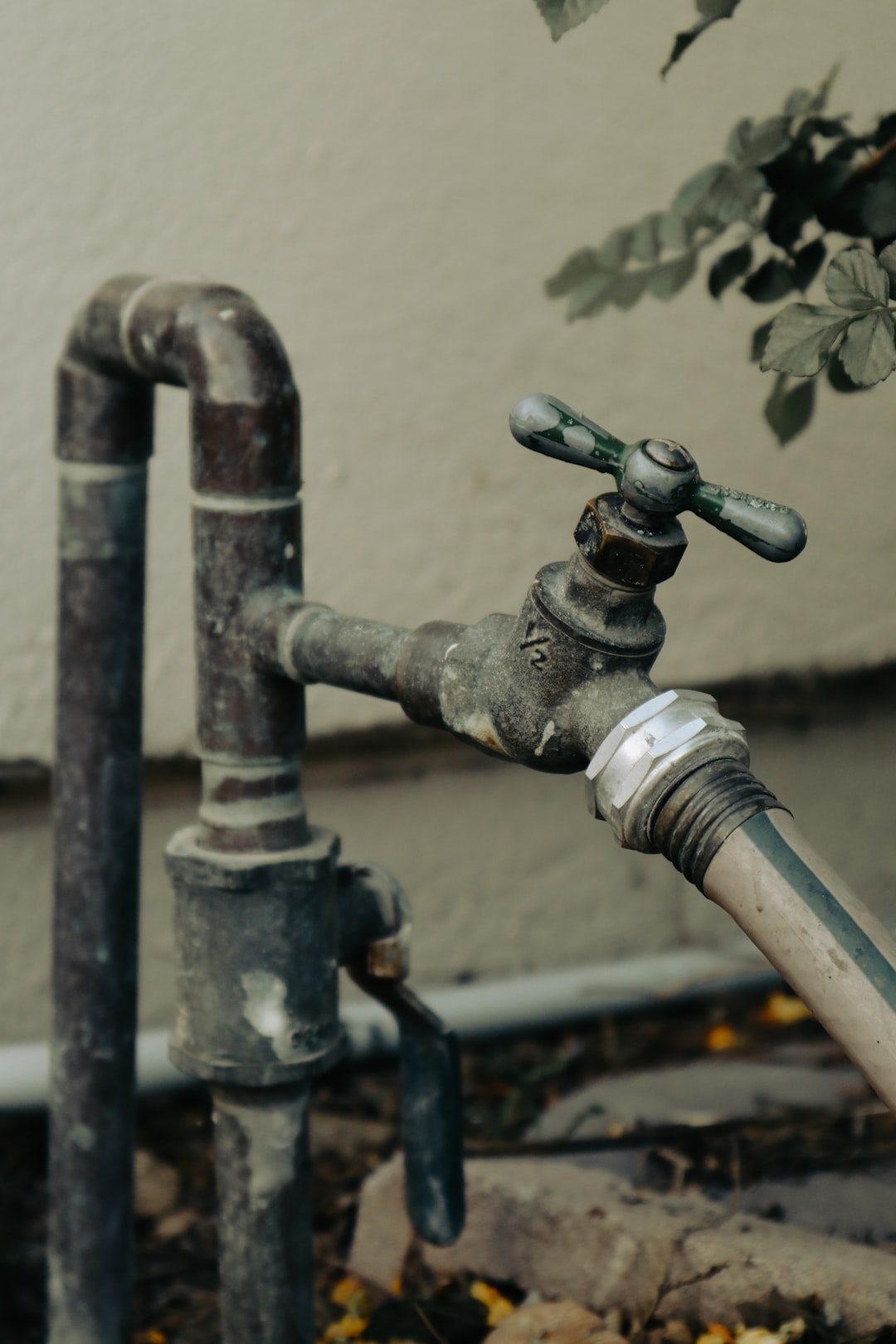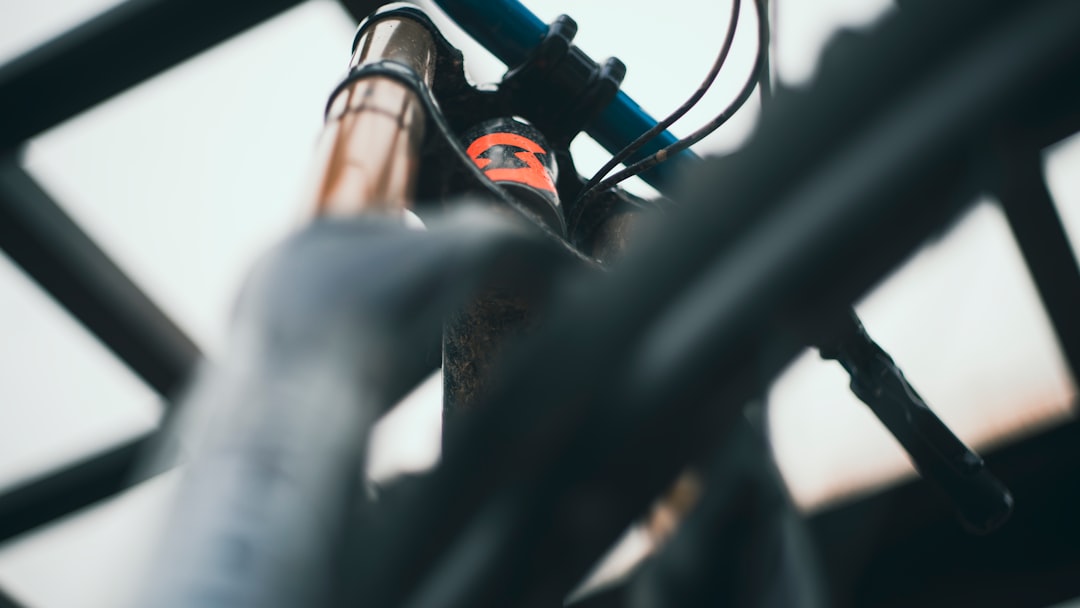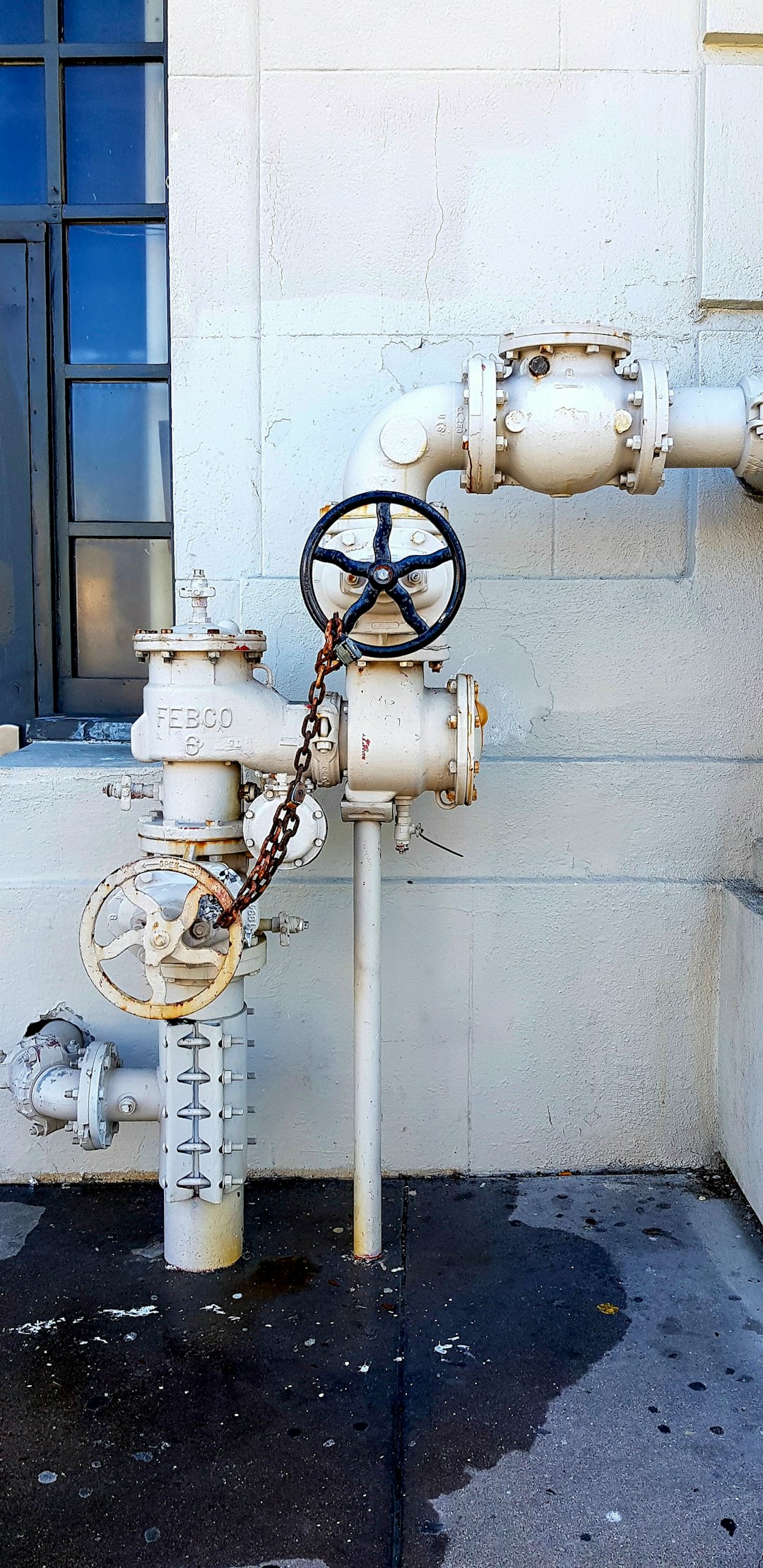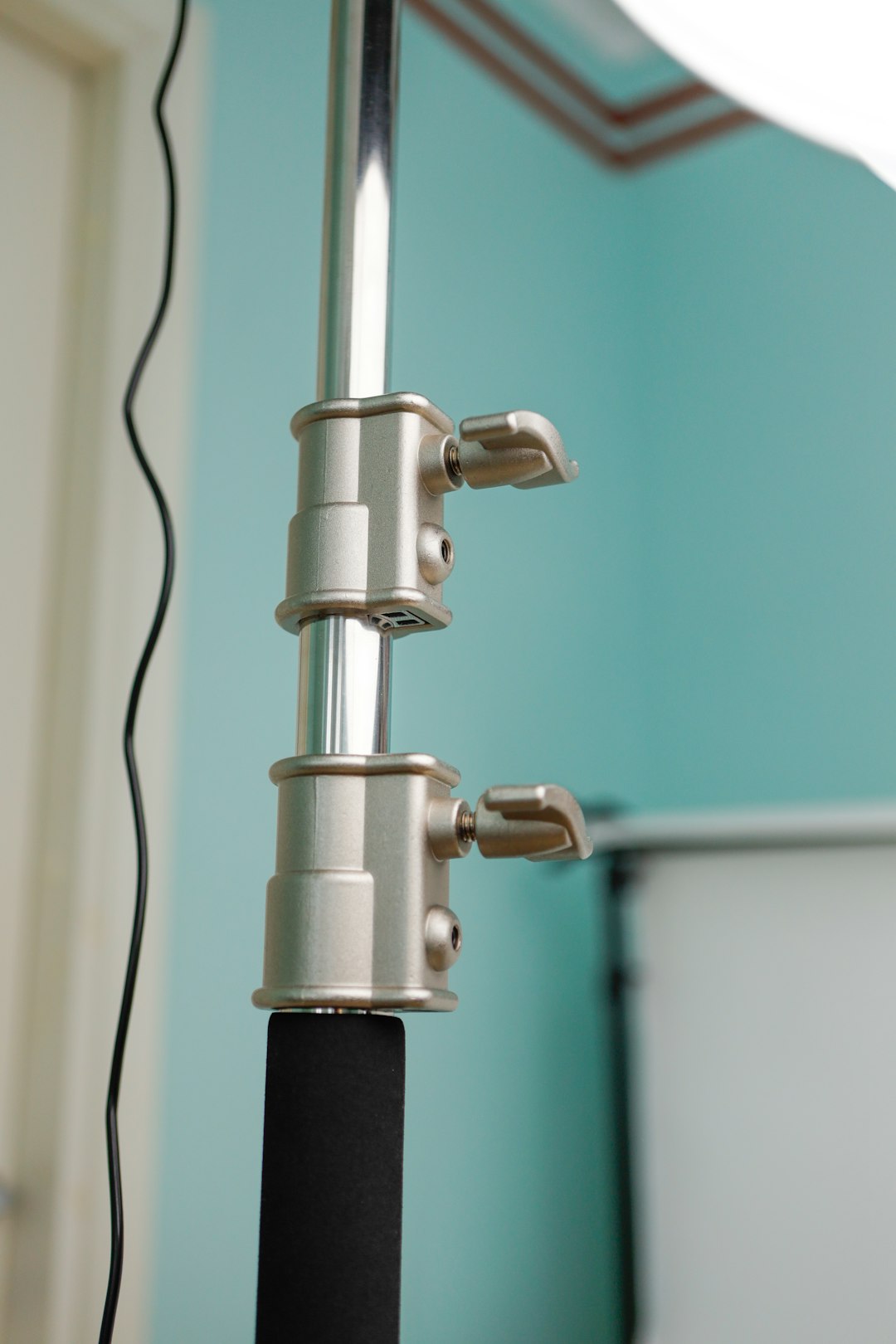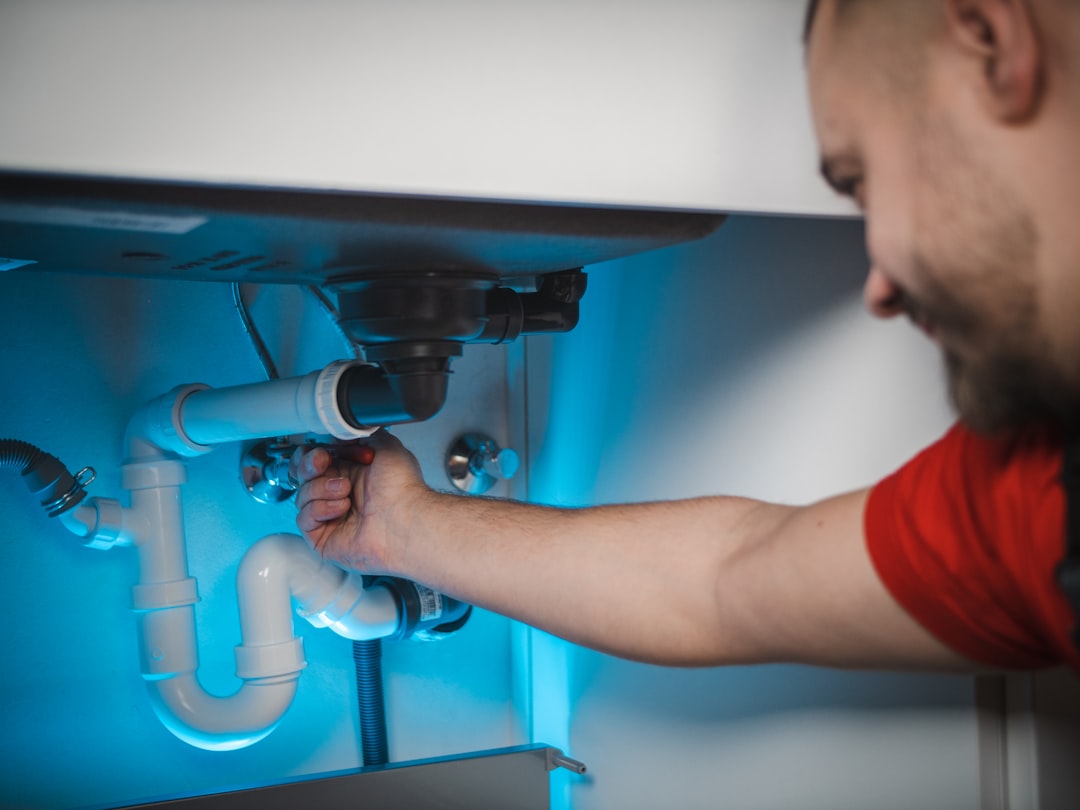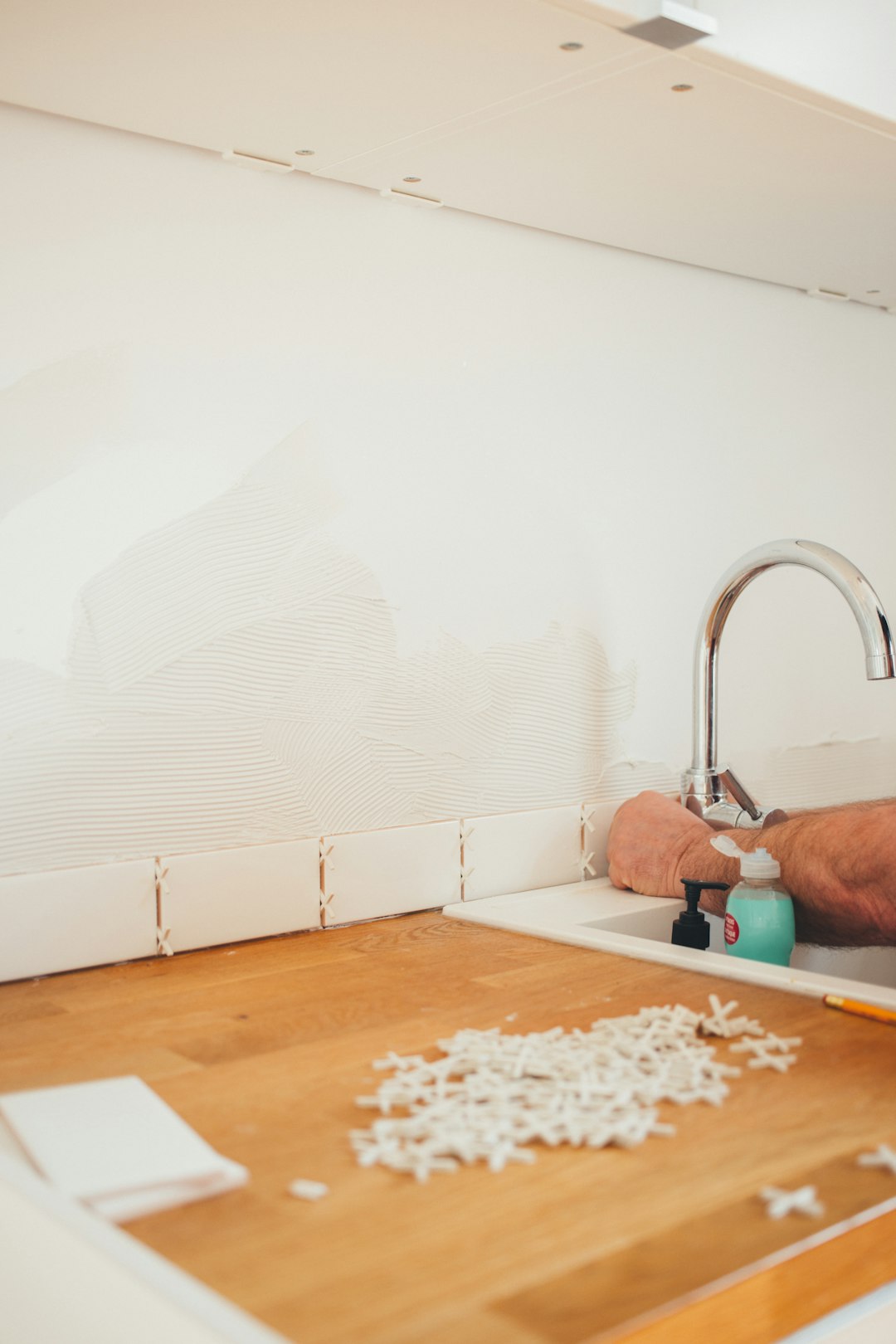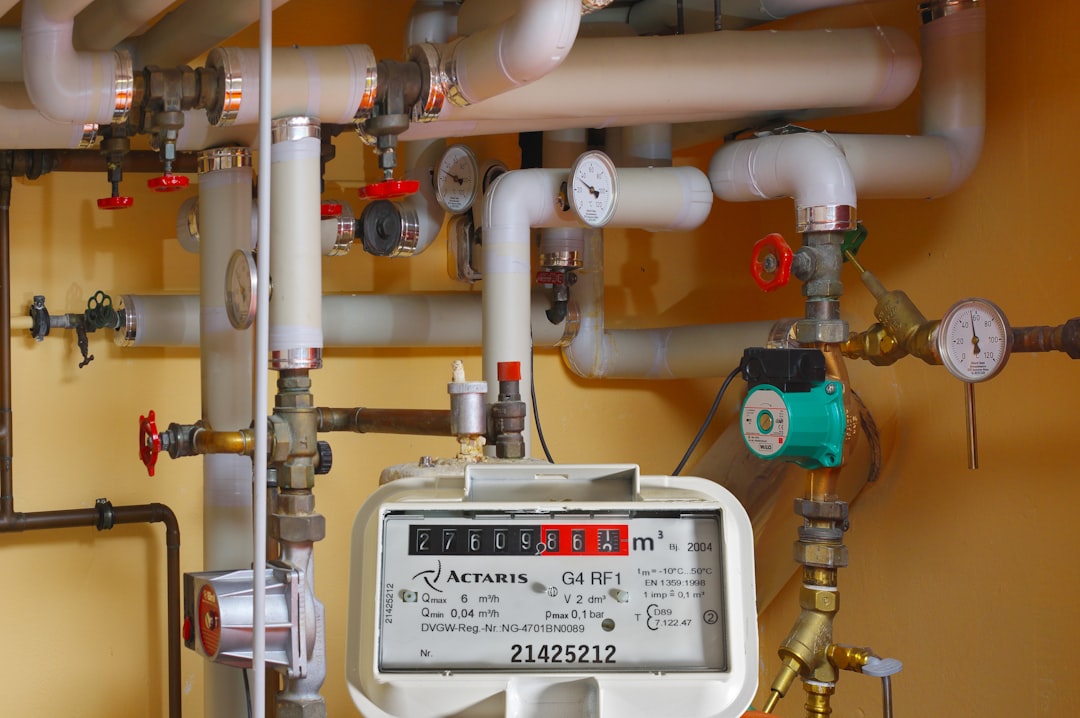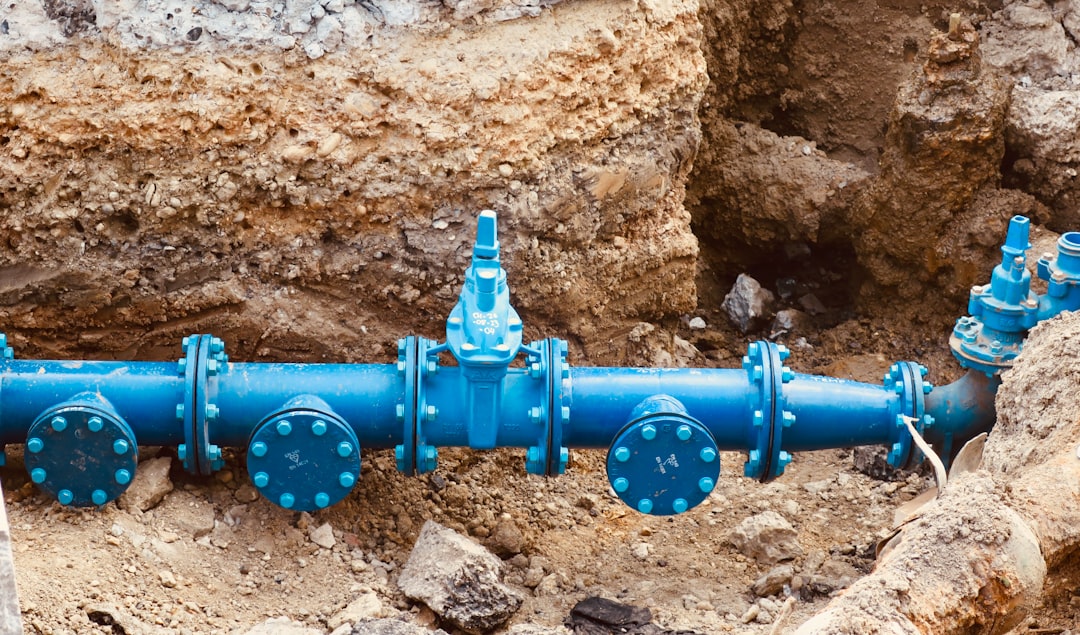Table of Contents
- Introduction
- Overview of professional plumbing services
- Importance of plumbing pipe replacement
- Common plumbing emergency services
- Techniques for plumbing leak detection
- Benefits of plumbing maintenance and inspections
- Types of plumbing installations and fixture options
- Understanding plumbing issues and solutions
- The role of certified plumbers in residential and commercial plumbing
- Conclusion
- Frequently Asked Questions
Introduction
In a world where clean water and efficient drainage systems are often taken for granted, the silent heroes known as plumbers play a crucial yet underappreciated role.
These skilled professionals transform chaos into order, ensuring that our homes and businesses function seamlessly. From tackling persistent leaks to installing state-of-the-art plumbing systems,
every day they meet the challenges that come with maintaining the backbone of modern civilization.
But what does it truly mean to be a professional plumber?
Join us as we take a deep dive into the fascinating world of plumbing—exploring the tools of the trade, the rigorous training and certifications, and the unexpected stories behind the scenes.
Whether you’re a homeowner looking to understand more about this essential service or simply curious about this vital trade,
there’s much to discover in the realm of pipes, fixtures, and the mastery of flow.
Get ready to uncover the secrets of the profession, with insights that might just make you see your plumber in a whole new light.
Overview of professional plumbing services
Professional plumbing services encompass a wide range of tasks that ensure the proper functioning of water and sewage systems in residential, commercial, and industrial settings. These services include installation, maintenance, and repair of plumbing fixtures, pipes, and appliances. Licensed plumbers are trained to handle complex systems that require specialized knowledge and skills.
Common services provided by professional plumbers involve fixing leaks, unclogging drains, installing water heaters, and managing sewer line issues. They also offer emergency services to address urgent plumbing problems, such as burst pipes or persistent blockages. Furthermore, professional plumbers perform routine inspections and maintenance to prevent future issues and ensure systems operate efficiently.
In addition to traditional plumbing tasks, many professional plumbers are knowledgeable about modern plumbing technologies, including water-saving fixtures and systems that enhance energy efficiency. By employing advanced tools and techniques, these professionals can offer sustainable solutions for various plumbing challenges, catering to an increasing demand for eco-friendly practices in today’s world.
Importance of plumbing pipe replacement
Plumbing pipe replacement is a critical aspect of maintaining a functional and safe plumbing system. Over time, pipes can corrode, become clogged, or suffer from leaks, all of which can lead to significant issues in both residential and commercial properties. By replacing old or damaged pipes, homeowners can prevent water damage, reduce the risk of mold growth, and ensure clean water flow.
Furthermore, outdated plumbing materials can pose health risks, especially if they contain lead or other harmful substances. Upgrading to modern piping not only enhances safety but also improves water quality. Additionally, new pipes can increase the efficiency of the plumbing system, resulting in lower water bills and improved performance.
Regular inspections and timely replacement of plumbing pipes can save considerable costs in the long run by avoiding emergency repairs caused by bursts or leaks. Investing in proper plumbing pipe replacement ultimately contributes to the longevity of the plumbing infrastructure, ensuring reliable and safe water delivery throughout the building.
Common plumbing emergency services
Common plumbing emergency services are essential for homeowners facing sudden and often debilitating issues. One of the most frequent emergencies is a burst pipe, which can lead to extensive water damage if not addressed promptly. Professional plumbers are equipped to quickly locate and repair leaks to minimize any potential harm.
Another common plumbing emergency is a clogged drain or toilet. When these systems back up, it can disrupt daily life and pose health risks. Emergency plumbers use specialized tools and techniques to effectively clear blockages.
Water heater failures also require immediate attention, especially in colder months. A malfunctioning water heater can leave households without hot water, making professional diagnosis and repair critical.
Additionally, sewage backups pose serious health threats and require urgent intervention. Plumbers can provide timely solutions to restore proper function to sewage systems. Overall, having access to reliable emergency plumbing services is vital for any homeowner to address these unexpected plumbing issues swiftly and efficiently.
Techniques for plumbing leak detection
Detecting leaks in plumbing systems is crucial for preventing water damage and reducing repair costs. There are several techniques that professional plumbers employ to diagnose leaks effectively.
One common method is a visual inspection, which involves examining pipes, fixtures, and connections for signs of moisture or corrosion. Plumbers may also use moisture meters to pinpoint damp areas that could indicate a hidden leak.
Another advanced technique is the use of acoustic leak detection, where specialized microphones are used to listen for the sound of water escaping from pipes. Thermal imaging cameras can also be employed to detect temperature changes in walls or floors, highlighting potential leak locations.
In some cases, plumbers might utilize pressure testing, which involves pressurizing the plumbing system to identify any drops in pressure that signify leaks. By combining these techniques, plumbers can efficiently locate leaks, ensuring timely repairs to maintain the integrity of the plumbing system.
Benefits of plumbing maintenance and inspections
Regular plumbing maintenance and inspections provide numerous benefits that can save homeowners time and money in the long run. One of the primary advantages is the early detection of potential issues, such as leaks or clogs, before they escalate into major problems. This proactive approach not only minimizes costly repairs but also helps avoid water damage that can affect the structure of a home.
Additionally, routine maintenance ensures that plumbing systems operate efficiently, which can lead to lower utility bills. When systems are checked and maintained regularly, they tend to function better, optimizing water usage and reducing waste.
Another benefit is improved health and safety. Faulty plumbing can lead to mold growth and exposure to harmful bacteria, posing risks to family members. Inspections help ensure that plumbing systems are not only functional but also safe for inhabitants.
Lastly, regular maintenance can prolong the lifespan of plumbing fixtures and appliances, adding value to the home and preventing premature replacements.
Types of plumbing installations and fixture options
Plumbing installations encompass a variety of systems designed to supply water, remove waste, and ensure efficient drainage in residential and commercial properties. Among the main types of plumbing installations are supply systems, which deliver fresh water to fixtures, and drainage systems, which carry waste away. Additionally, there are specialized installations like gas plumbing, which ensures safe gas distribution for heating and cooking.
When it comes to fixture options, homeowners can choose from a wide range of products that enhance both functionality and aesthetic appeal. Common plumbing fixtures include faucets, sinks, toilets, showers, and bathtubs. Each of these fixtures comes in various styles and materials, allowing for customization to meet specific needs and preferences. For example, low-flow toilets and faucets contribute to water conservation, while high-efficiency fixtures offer improved performance. Moreover, advancements in smart plumbing technology, such as touchless faucets and smart showers, are gaining popularity, adding convenience and modernity to plumbing installations.
Understanding plumbing issues and solutions
Understanding plumbing issues is essential for maintaining a functional home. Common problems include leaks, clogs, and running toilets. A leak may appear as water stains on ceilings or walls and can lead to significant damage if not addressed promptly. Meanwhile, clogs can disrupt daily activities and may be caused by a variety of factors, such as hair buildup or foreign objects.
To address leaks, it’s crucial to identify the source and determine whether a simple repair will suffice or if replacement parts are necessary. For clogs, plungers can often resolve minor blockages, while more persistent issues might require the expertise of professional plumbers, who can use specialized tools like drain snakes or hydro-jetting to clear the pipes.
Running toilets can be both noisy and costly, often resulting from a faulty flapper or fill valve. Regular maintenance checks can help homeowners catch these issues early, reducing water bills and preventing more extensive repairs. By understanding these common plumbing issues and their solutions, homeowners can make informed decisions and ensure their plumbing systems remain in good working order.
The role of certified plumbers in residential and commercial plumbing
Certified plumbers play a crucial role in both residential and commercial plumbing systems. They are trained professionals who possess the necessary skills, knowledge, and certification to handle complex plumbing tasks. In residential settings, certified plumbers are responsible for installing, repairing, and maintaining various plumbing fixtures, including sinks, toilets, and water heaters. Their expertise ensures that plumbing systems operate efficiently, reducing the risk of leaks and water damage.
In commercial settings, the role of certified plumbers expands to include managing larger systems, such as those found in restaurants, hospitals, and office buildings. They are adept at handling high-volume plumbing needs and ensuring compliance with health and safety regulations. Certified plumbers also conduct regular inspections and preventive maintenance to avoid costly emergencies. The reliability and expertise they bring to both residential and commercial plumbing not only enhance functionality but also promote sustainability by implementing water-saving technologies. Overall, the presence of certified plumbers is essential in maintaining the integrity and safety of plumbing systems across diverse environments.
Conclusion
In conclusion, mastering the world of professional plumbing is essential for ensuring that our homes and businesses function smoothly and efficiently. From addressing urgent plumbing emergencies to understanding the importance of regular maintenance and inspections, certified plumbers play a pivotal role in safeguarding our living and working environments. Their expertise not only resolves immediate issues but also promotes long-term sustainability and efficiency within our plumbing systems. Don’t wait for a minor issue to escalate into a major disaster. If you’re facing plumbing problems or simply want to ensure your system is in optimal condition, take action today. Call 573-555-2121 to get professional plumbing assistance you can trust. Your comfort and safety are just a phone call away!
